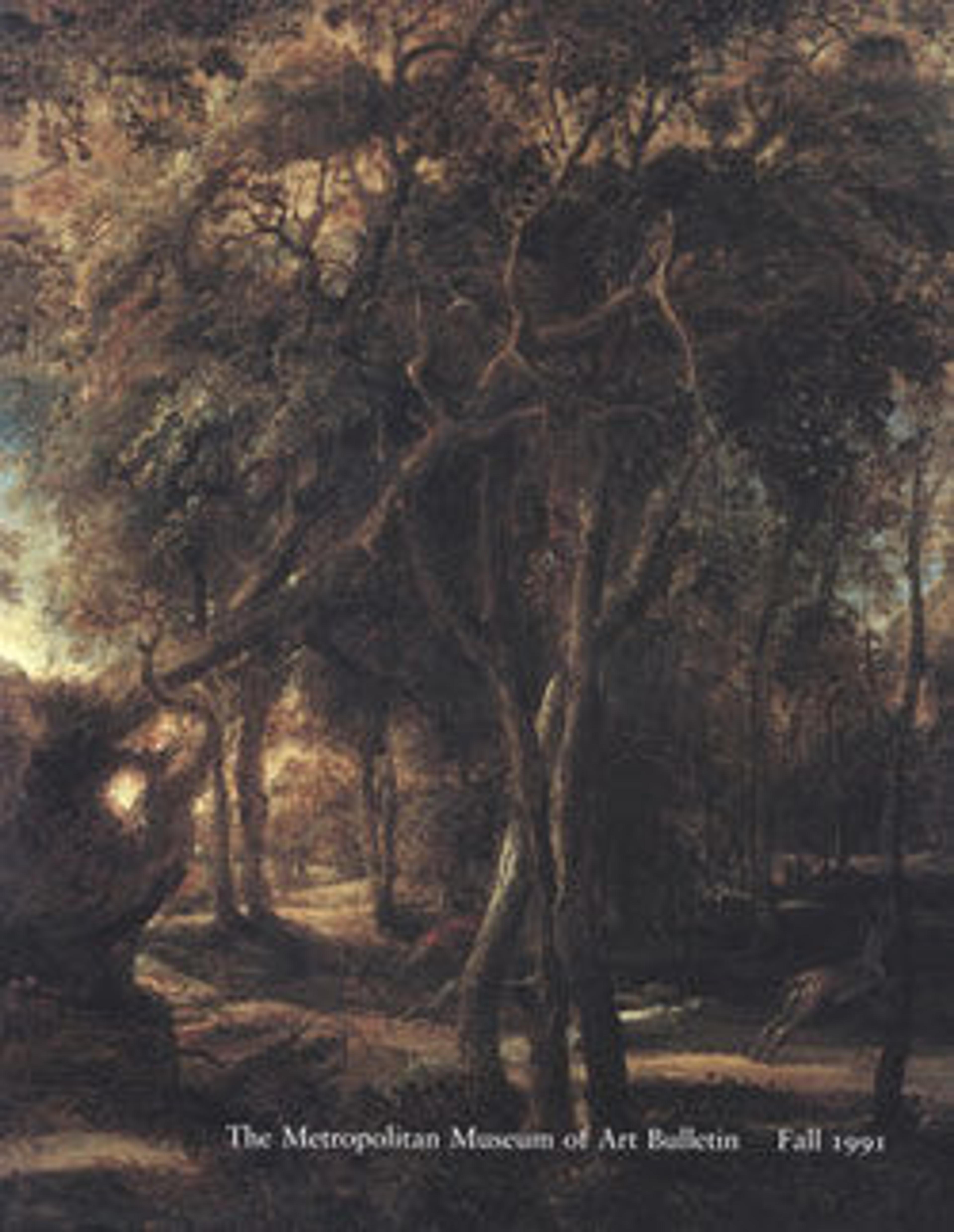Courtesans
Japan's rich native culture was thrown back on its own resources when, from the early seventeenth century, the Tokugawa shogunate closed the country off to the outside world for more than two hundred years. But in the rare painted figures of the Kan'ei era there is an animation and a degree of realism in the representation of the female body that may reflect Western influences and that tells of a highly creative phase in the culture of a country now stable and prosperous. Figures were soon to become more static.
The subjects of this screen are elite courtesans, and they are individualized both by their languorous body language and by their clothing. Their faces are only minimally decribed. One parades in her finery, waited on by an alert young attendant; while two others enjoy reading a scroll, perhaps a "morning after" letter from a lover. The splendidly described fabrics of the kosode, including the costly techniques, contributed to the aura surrounding the lives of these high-ranking courtesans.
The subjects of this screen are elite courtesans, and they are individualized both by their languorous body language and by their clothing. Their faces are only minimally decribed. One parades in her finery, waited on by an alert young attendant; while two others enjoy reading a scroll, perhaps a "morning after" letter from a lover. The splendidly described fabrics of the kosode, including the costly techniques, contributed to the aura surrounding the lives of these high-ranking courtesans.
Artwork Details
- Title:Courtesans
- Period:early Edo period (1615–1868)
- Culture:Japan
- Medium:Two (separate) sliding panels with paintings; mineral pigments on cedar
- Dimensions:Overall (each panel): 69 x 28 1/2 in. (175.3 x 72.4 cm)
- Classification:Paintings
- Credit Line:Rogers Fund, 1990
- Object Number:1990.231
- Curatorial Department: Asian Art
More Artwork
Research Resources
The Met provides unparalleled resources for research and welcomes an international community of students and scholars. The Met's Open Access API is where creators and researchers can connect to the The Met collection. Open Access data and public domain images are available for unrestricted commercial and noncommercial use without permission or fee.
To request images under copyright and other restrictions, please use this Image Request form.
Feedback
We continue to research and examine historical and cultural context for objects in The Met collection. If you have comments or questions about this object record, please contact us using the form below. The Museum looks forward to receiving your comments.
